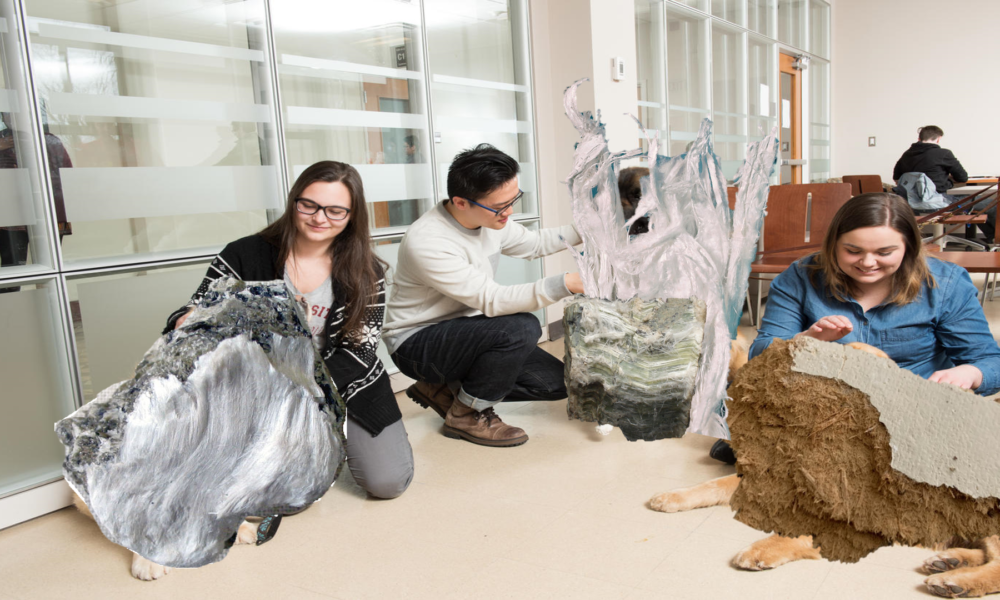Look no further, fellow McGillians, our struggles have come to an end.
We at The McGill Tribune are pleased to announce the recruitment of a new therapy animal, commonly known by its endearing name asbestos, who is easily accessible to students and faculty alike. No need to schedule a visit to the Wellness Hub—all you have to do is take a stroll to the Stewart Biology Building at the downtown campus, or really any available university building for our readers over at Macdonald campus. Seek, and ye shall find yourself spending quality time with our new campus pet, free of charge.
Do take a moment and appreciate the brilliance of this solution. Instead of spending more money on improving our student wellness services or renovating deteriorating buildings (as any sane post-secondary institution would do) our beloved university is offering a unique, yet cost-effective opportunity to form deeper connections with this historic species, one who has accompanied us for decades, keeping our homes, workplaces, and schools warm.
Forget about the ludicrous prices of food on campus. Forget about all the financial strains and potential eating disorders it causes. Forget about the utter lack of physician or psychiatrist appointments available at the Hub.
Asbestos will make all these inconveniences seem trivial.
It’s free. It’s omnipresent. It’s used in everything, from heat-proofing to poisoning every single living creature in the building. It is a carcinogen that can cause a range of deadly diseases—giving the pharmacology majors something to work with—making it a leading supporter of student research on campus.
But these are just a few of the benefits asbestos has to offer. By recruiting asbestos as our campus pet, McGill indoctrinates us into an age-old Quebec tradition: True immersion in Canada’s largest asbestos mining province. Without travelling all the way to the infamous mining town of Asbestos, QC, we are privileged enough to interact with asbestos first-hand, right in the heart of Montreal.
Plus, it’s like playing a game of Russian roulette. Every time you go to class, you get to experience the butterflies of not knowing if you will be diagnosed with lung cancer 40 years down the line, all because you walked into an asbestos-filled building back in your days at McGill. Then again, those butterflies could be asbestos taking root, saying “hi, I’m here for the ride.”
Some critics, however amateur, have noted dangers associated with asbestos exposure. But according to a totally unbiased McGill study back in the 1970s, Dr. John Corbett McDonald at the School of Occupational Health determined that being an asbestos miner is just fine and poses no health concern whatsoever.
So, the next time someone tries to convince you that asbestos is dangerous and should be eradicated, just remember how it has seen us through thick and thin, how it’s been a pillar of our community, how it’s proven itself to be much more accessible and generous than mandatory meal plans, Students’ Society of McGill University Studentcare coverage, or any other student services McGill has to offer.
Asbestos has been a part of our lives for so long that it’s practically a member of the community. Who among us will not have fond memories of dragging our feet through asbestos-infested halls, or breathing in its sweet, carcinogenic dust while battling our inner demons during a lecture? Asbestos is a part of McGill’s history, our culture, our very being. Who needs health and safety when you can have cheap and life-threatening therapy sessions with asbestos? It truly is the campus pet that keeps on giving.









